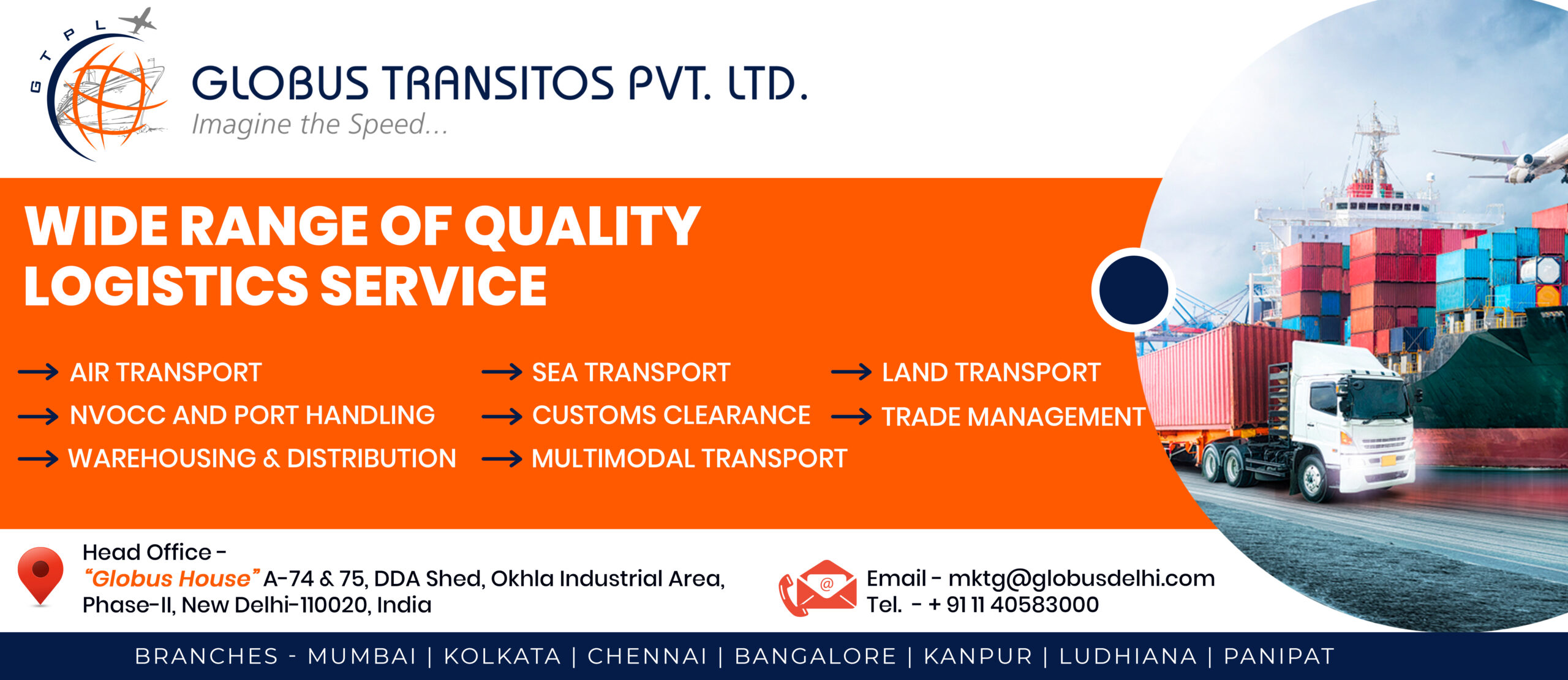The LEADS survey – a Government of India initiative that measures logistics performance across Indian states and suggests appropriate measures – for 2023, depicted that user satisfaction levels are high for Logistics Infrastructure in the states of Assam, Tripura, and Sikkim. There has been a higher level of satisfaction with respect to road and terminal infrastructure, and rightly so.
The state released the Assam Logistics and Warehousing Policy in 2022, which has proven to be a transformative initiative aimed at fostering growth in the logistics sector. The emphasis on this policy aligns with the challenges faced by the entire Northeast, where connectivity issues, especially in rural areas, create hurdles for efficient supply chain operations.
Additionally, the development of an MMLP at Jogighopa, Bogibeel Inland Waterway Terminal, and the operationalization of Pandu and Dubri IWT terminals will also boost trade not only for the State but also for the South Asia Subregional Economic Cooperation (SASEC) and Bangladesh-Bhutan-India-Nepal (BBIN) corridors.
The state has taken several significant steps to address the challenges of faster evacuation of perishable cargo from the region which include the signing of an MoU between the Assam Industrial Development Corporation and Guwahati International Airport for the operationalization of a Perishable Air Cargo Complex at Guwahati Airport. Additionally, the State is proactively creating a dedicated land bank for logistics infrastructure, reserving 15% of land in each industrial park for logistics and storage facilities within the State.
Zooming in, the logistics landscape in Guwahati has witnessed notable developments. However, while progress has been made, challenges persist, and the demand for supply chain facilities has increased, especially in the context of improving connectivity. Moreover, Guwahati’s biodiversity underscores the need for sustainable and environmentally conscious logistics practices and, delicately balancing economic development and ecological preservation
The rugged terrain in the region presents many challenges for truckers but is also filled with economic opportunities. As a result, entrepreneurs from diverse backgrounds are venturing into the region to serve the growing needs of the e-commerce and logistics industry, gradually paving the way for robust transportation networks.
One such trailblazer is Amarnath Banik, a 38-year-old entrepreneur from Guwahati. His journey with Amazon’s trucking partner program has not only transformed his family’s trucking business but has also helped his company earn a stellar reputation for navigating the unique geographical and infrastructural challenges of the region, making them an ideal partner.
When Banik partnered with Amazon, he started operations with a modest fleet of 50 trucks and 60 drivers. Over the years, the business expanded into an impressive fleet exceeding 200 trucks and boasting a dedicated team of over 250 drivers. Operating in three established routes, his logistics network spans the entirety of the Northeast region, encompassing 13 cities such as Guwahati, Tinsukia, Shillong, and Kohima, among others.
We roped in Banik for an interesting conversation about supply chain operations in the region and got a first hand perspective of the good and the bad.
The Trucking Landscape
The trucking sector is integral to the region’s logistics, yet faces multiple challenges impacting its efficiency and growth. Insufficient infrastructure poses a significant hurdle for the trucking sector, hindering smooth transportation and causing delays in supply chains.
Fluctuating fuel prices add another layer of complexity to the trucking landscape in Guwahati, impacting operational costs and overall sustainability. This volatility necessitates adaptability and strategic planning within the trucking industry to navigate economic uncertainties, and urban mobility experts emphasize the urgent need for improvements.
Despite these challenges, Guwahati is emerging as a logistics and warehousing hotspot. Prime warehousing clusters, particularly on the northern bank of the city, contribute to the optimization of trucking operations.
“The region’s challenging landscapes, coupled with factors like heavy monsoon rains and the constant threat of landslides, create tough situations for us while driving. Despite these challenges, we successfully navigate through this region with careful planning and adaptability to ensure safe and efficient transportation operations in the area,” says Banik.



